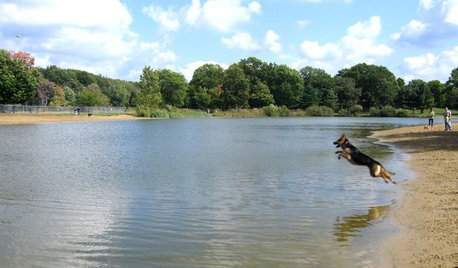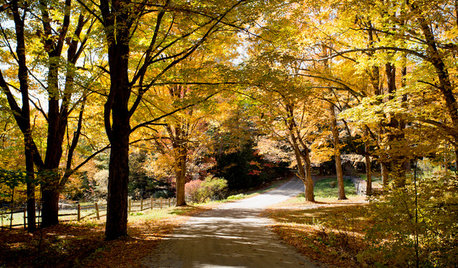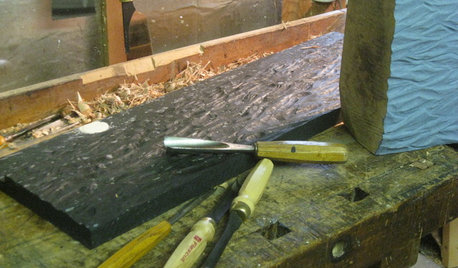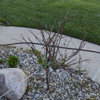Rootstock for different US Areas
cupshaped_roses
15 years ago
Featured Answer
Sort by:Oldest
Comments (20)
jerijen
15 years agoRelated Professionals
Wrentham Landscape Architects & Landscape Designers · South Orange Landscape Architects & Landscape Designers · Apollo Beach Landscape Contractors · Clayton Landscape Contractors · Marlborough Landscape Contractors · Midland Landscape Contractors · North Lauderdale Landscape Contractors · Santa Maria Landscape Contractors · Thonotosassa Landscape Contractors · Tinton Falls Landscape Contractors · Wallingford Landscape Contractors · Wentzville Landscape Contractors · White Bear Lake Landscape Contractors · Woodburn Landscape Contractors · Kingsburg Landscape Contractorshoovb zone 9 sunset 23
15 years agowindeaux
15 years agoberndoodle
15 years agopredfern
15 years agodiane_nj 6b/7a
15 years agomichaelg
15 years agocupshaped_roses
15 years agoolga_6b
15 years agojaxondel
15 years agomichaelg
15 years agomad_gallica (z5 Eastern NY)
15 years agowindeaux
15 years agotaoseeker
15 years agomichaelg
15 years agostanc
15 years agoberndoodle
15 years agomichaelg
15 years agotaoseeker
15 years ago
Related Stories

COMMUNITYDesigned for Dogs: 5 Fantastic Dog Parks Across the U.S.
Let your favorite pooch run wild at one of these specially designed public spaces. Not close by? Learn how to start a dog park yourself
Full Story
PETSWhat Chihuahuas Can Teach Us About Interior Design
Who knew these tiny dogs could be such a huge fount of design tips? Houzzers did
Full Story
FALL GARDENINGHouzz Call: Show Us Your Autumn Views
Share your pictures of fall foliage and decor in the Comments. Your photos may be featured in an upcoming story!
Full Story
HOLIDAYSHouzz Call: Show Us Your Christmas Tree!
How lovely are your branches? Post a picture and share your stories
Full Story
TRAVEL BY DESIGNHomes Away From Home: 10 Charming U.S. Bed-and-Breakfasts
Looking for a more personal stay on your getaway? These homey bed-and-breakfasts roll out the welcome mat in style
Full Story
MATERIALS35 Makers Show Us What They Do With Their Favorite Tools
Houzz readers express their creativity in an astonishing range of ways. View their tools — and their works — here
Full Story
HOME TECHWhat Chipotle and Radiohead Can Teach Us About Sound Quality at Home
Contemporary designs filled with glass and concrete can be hostile environments for great sound quality. Here's how to fix that
Full Story
LAUNDRY ROOMSHouzz Call: Show Us Your Wonderfully Efficient Laundry Room
Got a drying rack, a folding table or clever storage in your laundry room? We want to see it!
Full Story
ORGANIZINGHouzz Call: Show Us How You're Getting Organized
If you’ve found successful ways to declutter and create order at home, we want to hear about it. Share your ideas and photos!
Full Story
ARTHouzz Call: Show Us Your (Functional?) Art
We want to see how art plays a part in your home
Full StoryMore Discussions











michaelg